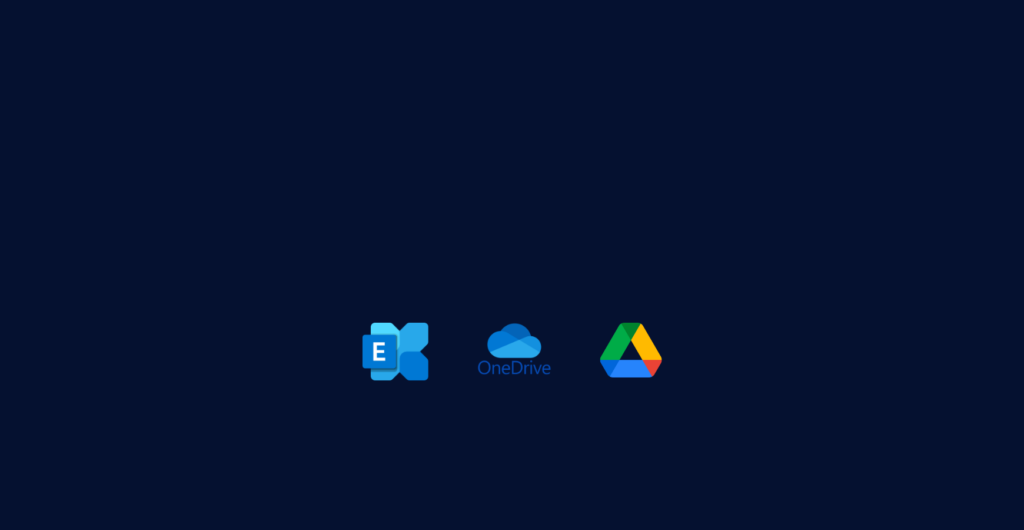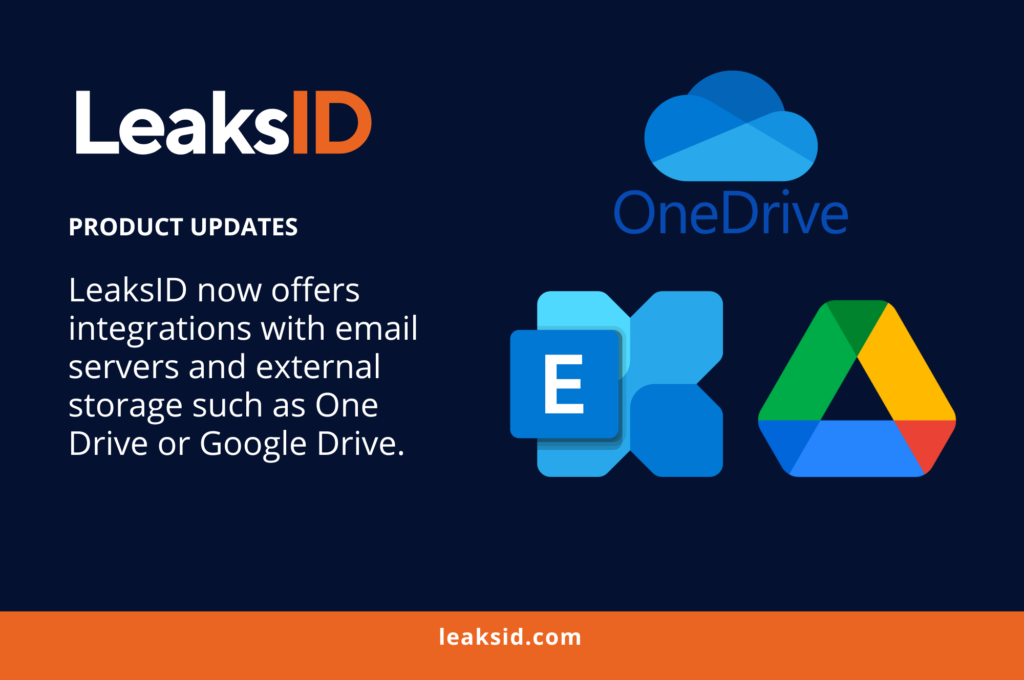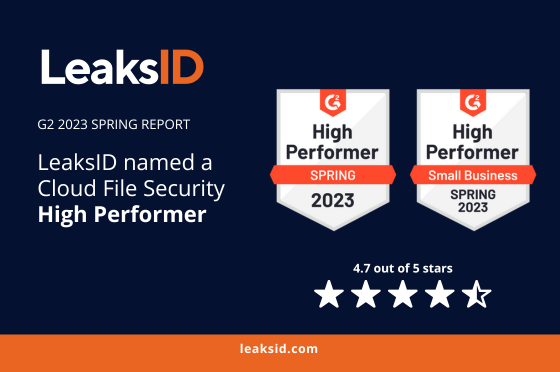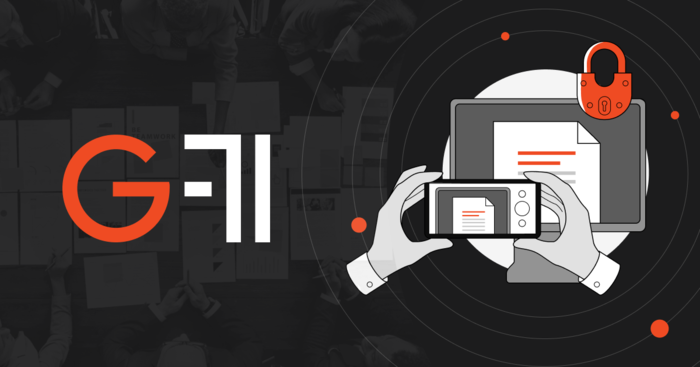In today’s interconnected and digital world, organizations face an ever-growing risk of insider threats. Insider threats are malicious or unintentional actions taken by individuals within an organization that can harm the organization’s security, operations, or reputation. Insider threats can be difficult to detect and prevent, making it crucial for organizations to be aware of potential indicators that may signal the presence of an insider threat. In this article, we will explore some of the common insider threat indicators that organizations should be aware of.
1. Behavioral Changes
One of the most common indicators of an insider threat is a sudden and unexplained change in behavior by an employee. This could include a change in work habits, unusual work hours, or a change in attitude towards work or colleagues. The employee may also become withdrawn or defensive, which could be a sign of stress or a response to potential discovery of their actions.
2. Unauthorized Access or Use of Information
Employees with access to sensitive information may attempt to access or use that information for personal gain or to harm the organization. This could involve accessing information outside of their job responsibilities, or accessing information at unusual times or from unusual locations.
3. Disgruntled Employees
Disgruntled employees who feel mistreated, unfairly compensated, or who have had a negative experience with the organization may be more likely to engage in insider threats. This could involve sabotage of the organization’s operations, theft of sensitive information, or damage to the organization’s reputation.
4. Financial Problems
Employees with financial problems may be more likely to engage in insider threats. This could involve theft of company funds or resources, selling company information or assets for personal gain, or engaging in fraudulent activities.
5. Personal Problems
Employees with personal problems, such as substance abuse, mental health issues, or relationship problems may be more likely to engage in insider threats. These issues can impact an employee’s ability to perform their job duties, and may lead to poor decision making, impulse control issues, or a lack of concern for the organization’s wellbeing.
6. Poor Performance or Attendance
Employees who are struggling with job performance or attendance issues may be more likely to engage in insider threats. This could involve a lack of attention to detail, poor quality work, or a failure to meet deadlines. In some cases, employees may attempt to cover up their poor performance by engaging in insider threats.
7. Accessing Unusual Websites or Networks
Employees who are accessing unusual websites or networks may be engaging in insider threats. This could involve accessing sites or networks that are not related to their job duties or that are known to be associated with malicious activity.
8. Unusual Network Activity
Unusual network activity, such as large downloads or unusual data transfers, may be an indicator of an insider threat. This could involve an employee attempting to steal sensitive information or attempting to introduce malware or other malicious software onto the organization’s network.
How to cope with insider threats
The best way to address insider threats is to create a culture of security and awareness within the organization. This includes implementing policies and procedures that limit access to sensitive information, monitoring employee behavior, providing training and education on cybersecurity best practices, and establishing a clear chain of command for reporting and responding to potential insider threats.
Creating a preventive effect can be achieved by implementing regular security awareness training for employees, ensuring that policies and procedures are up to date and communicated effectively, and establishing a reporting mechanism that encourages employees to report any suspicious behavior or activity.
It is also important for organizations to regularly review and update their security measures to stay ahead of evolving threats. This could involve implementing multi-factor authentication, encryption, and network segmentation to limit access to sensitive information.
There are also technological solutions available that can help organizations prevent insider threats. One such solution is LeaksID, which uses advanced algorithms to deter insider threats thanks to its invisible labeling approach.
Conclusion
Insider threats can be detrimental to an organization’s security, operations, and reputation. By understanding the common indicators of insider threats, organizations can take proactive steps to prevent them. Creating a culture of security and awareness, implementing effective policies and procedures, and regularly reviewing and updating security measures are all essential in preventing insider threats. Technological solutions such as LeaksID can also be useful in detecting and preventing insider threats before they can cause significant harm.



















































